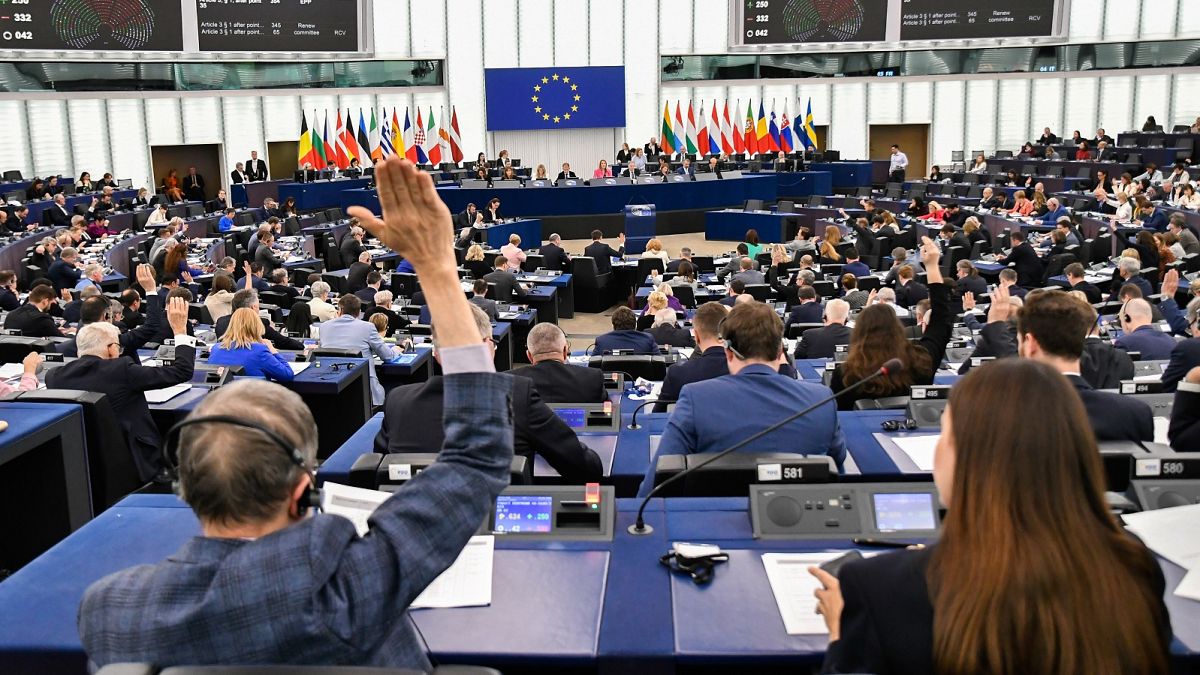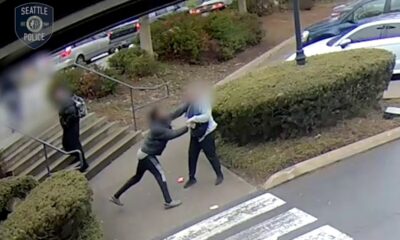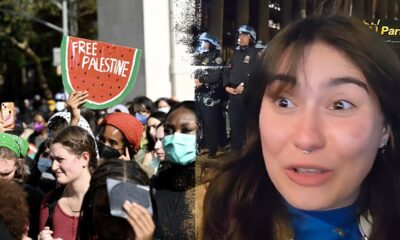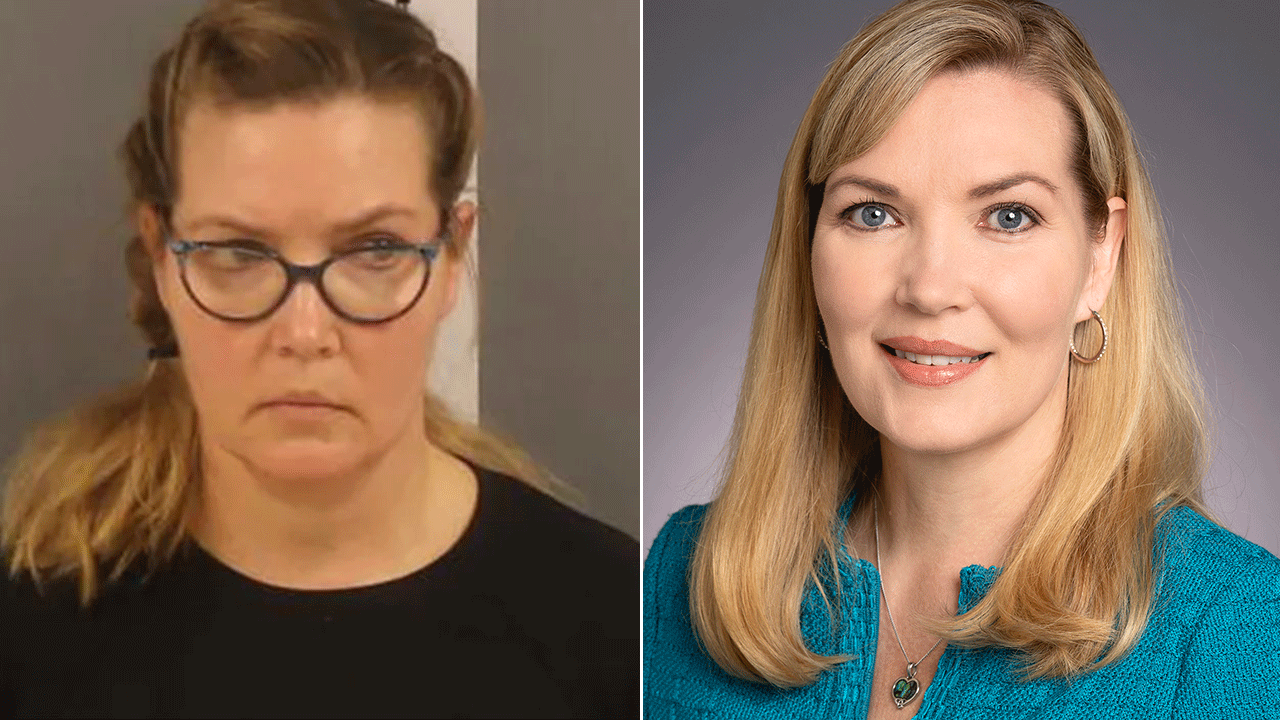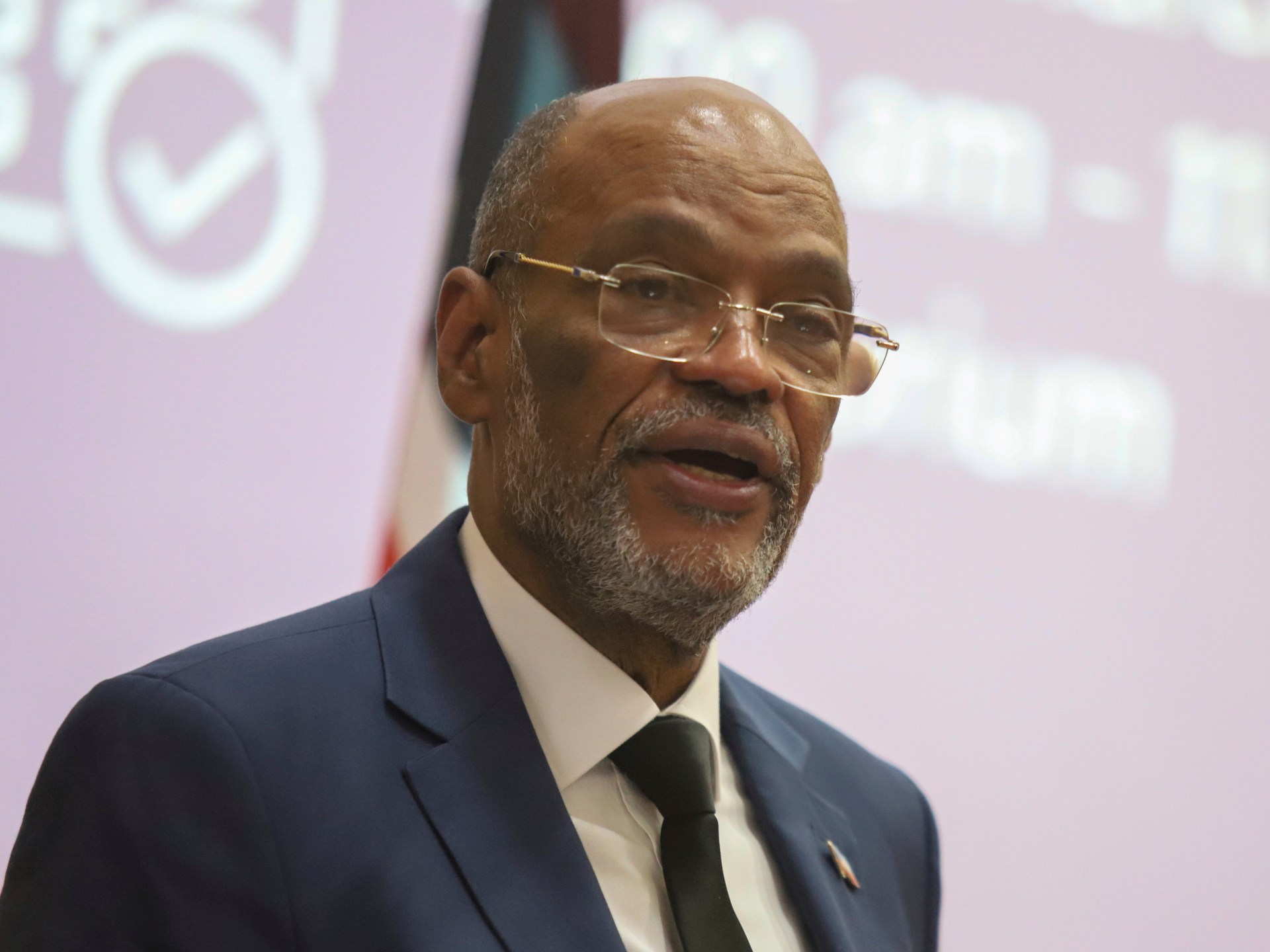Culture
An Infamous Hijacking, Revisited Through a Child’s Eyes

In September 1970, when she was 12, Martha Hodes and her sister were flying home alone to New York from Israel when their plane was hijacked by armed members of the Popular Front for the Liberation of Palestine.
It was redirected to an airstrip in the Jordanian desert, and joined by two others. Passengers were held hostage for six days before the hijackers released them unharmed, and blew up the planes.
It was a shocking event that drew headlines around the world. But Hodes and her family barely talked about it afterward. “I love school!” she wrote in her diary the first week back. “Everything’s great!”
Even decades later, Hodes, now a historian at New York University, brought it up only with close friends, and then only offhandedly.
“They all said something similar — that I spoke about it in a way that was very dismissive,” she recalled.
Historians are in the business of digging stories out of the archives. But in “My Hijacking,” published June 6 by Harper, Hodes also goes digging through her own recollections. The book is the story of a dramatic and politically charged event, but also an exploration of trauma and memory, the relationship between our older and younger selves and the connection between personal experience and capital-H history.
That last one is a live question in the historical profession, where a growing number of scholars have written books that marry personal and family history with archival scholarship — sometimes upending both treasured family stories and traditional scholarly notions of truth and objectivity alike.
Not that Hodes, a scholar of 19th-century America, was an eager memoirist. After reading her first draft, her husband asked what she wanted readers to learn about her. She answered, only half-jokingly, “Nothing.”
The book has won largely admiring advance reviews (Publishers Weekly called it “poignant and perceptive”), and been excerpted in The New Yorker. But Hodes still expresses a bit of cool, self-appraising distance.
“Part of me wants to say, ‘I’m happy with my book! I love my book!,’” she said. But the word she uses is “satisfied.”
“Writing about my own life, exposing my feelings and myself to readers, was difficult,” she said. “I’m still thinking about why I did that.”
Hodes, 64, grew up in an artistic, secular Jewish household in New York City, where both her parents were Martha Graham dancers. At the time of the hijacking, she and her sister Catherine, 13, had spent the summer in Tel Aviv, where their mother, who had remarried, had moved to help found the Batsheva Dance Company.
Hodes was a bookish child who dreamed of being a writer. She felt a kinship with Anne Frank, who had the same birthday. She also kept a diary, which she named “Claire,” a homage to Frank’s “Kitty.”
After college, she earned a masters in comparative religion at Harvard. But during a work-study job at the Schlesinger Library, she became fascinated with archives. “This was people’s lives, their letters and diaries,” she said. “Oh man, I loved that so much.”
In the Ph.D. program in history at Princeton, she gravitated toward challenging subjects and hard archival digging. Her first book, “White Women, Black Men,” published in 1997, looked at interracial sex in the South before the Civil War (a period, she argues, when such liaisons, while stigmatized, were not always violently punished). The evidence was so fragmentary — “shards and bones,” she wrote — that she sometimes wondered if she shouldn’t write it as fiction.
“Mourning Lincoln,” published in 2015, presented the problem of archival abundance. It examined divergent reactions to the assassination of Abraham Lincoln: not the polished reminiscences published years later, but the raw immediate emotions of ordinary Americans — Black and white, Northern and Southern — mined from thousands of letters and diaries.
In her introduction, Hodes said that book (which won the Lincoln Prize) was partly sparked by the Sept. 11 terrorist attacks, and the intense collective response. She didn’t note it then, but that event also spurred her to revisit her memories of the hijacking.
She started by writing down everything she could remember. The memories were disjointed, confusing, emotionally flat. “But for the first time ever,” she writes, “I wanted to know more.”
But she didn’t really start working on it until 15 years later, after a conversation with her agent, Wendy Strothman, who asked about her next project. Hodes halfheartedly floated a few archival ideas. But then she said, “There’s also this book I know I have to write.”
“The whole atmosphere just changed,” Strothman, who had never heard about the hijacking before, recalled. “My jaw dropped.”
Initially, Hodes said, she was curious about the event itself, which involved five planes in total. (While most hostages were released after arriving in Amman, more than three dozen were held until two weeks later, when the Jordanian Armed Forces launched a military operation aimed at driving out the Palestinian guerrilla factions who had established a state-within-a-state — an episode remembered by Palestinians as Black September.)
Her first research stop was the American Jewish Archives in Cincinnati, where she found the papers of a fellow hostage, a sociologist who had later interviewed Hodes and her sister for a scholarly article about the hijacking.
She also combed the archives of the airline, the State Department and the International Red Cross (which had acted as negotiators), and immersed herself in newspaper and television coverage. If Hodes’s turn toward memoir was surprising to friends, her diligence was not.
“She’s a really, really serious archival historian that takes the archives, that takes evidence and facts, really, really seriously,” said James Goodman, a historian at Rutgers-Newark. “She’s just not someone who would be comfortable playing fast and loose with them.”
Hodes also tracked down other former hostages, some of whom shared notes and documents. But the crucial source, she thought, would be her diary, which she had written in every day during the hijacking — and then threw into a box, never looking at it again.
As a historian, Hodes was well aware that even first-person testimony written close to events, while gold to scholars, needs to be read critically. But as she researched, Hodes was startled by how unreliable her diary was.
She had matter-of-factly noted when they ran low on food. (“More bread & water. Oh dear!”) But she made no mention of the frightening things that she never forgot — like the night the hijackers wired the plane with explosives.
She also vividly remembered lighthearted (and true) details like jumping rope with the hijackers, or sitting under the wing with fellow hostages singing “Leaving on a Jet Plane,” changing the lyrics to “living on a jet plane.”
But there were many things she had suppressed entirely, including the fact that she had been afraid. It’s still an emotion she can’t directly recall.
“I’m a historian, I know memory is unreliable,” she said. “But it was so fascinating to see it in my own documents, my own life.”
Her diary, she realized, was profoundly shaped by trauma — less a record of events than a story she could tell and retell later, to reassure her parents and herself. “My diary,” she said, “was a crafted version of the story I could live with.”
At N.Y.U., Hodes teaches a seminar on history and autobiography, and the slippery relationship between them. Not that she wants to “go all postmodern on my profession.”
“The last thing you want to say to young historians is that nothing in the archives is reliable,” she said. “We have to tell stories.” And at a certain point, “we have to tell the story the documents leave us.”
Hodes also had to wrestle with a particularly fraught question: how to tell the hijackers’ side of the story?
She did not seek out anyone connected with the Popular Front, a Marxist-Leninist organization founded in 1967, which embraced hijackings, bombings and other forms of “revolutionary violence.”
Hijackings were a way of seizing international attention. “When we hijack a plane, it has more effect than if we kill a hundred Israelis in battle,” the group’s founder, George Habash, told a German magazine in 1970.
To recreate the hijackers’ perspective, Hodes relied on published interviews, recordings and documents from the group’s online archives, as well as books by the hijackers (including two by Bassam Abu Sharif, who later became an adviser to Yasir Arafat).
“I felt like I had a lot of evidence for all the different sides” Hodes said.
In the book, she revisits the position papers the hijackers had made the hostages read, explaining their cause, and recalls the stories some told about being pushed out of their homes upon the founding of Israel, and growing up in refugee camps.
Hodes the historian recounts the political context dispassionately, noting how she and her sister, who grew up “extremely secular” and with little exposure to Zionism, differed in perspective from many fellow Jewish hostages, some of whom were Holocaust survivors.
But when it comes to judgment, Hodes the memoirist sticks close to her empathetic child’s-eye view.
“Catherine and I just felt sorry for everyone,” she writes. When it came to the conflict, “We couldn’t think of a solution.”
That approach, Hodes acknowledged, may draw criticism. But the book, she emphasized, is just her story of the hijacking, not the story.
But in a way, she said, it’s also someone else’s story.
“Writing this was a journey of empathy for that little girl in the past,” she said. “Who is me, but is also not me.”

Culture
The Caitlin Clark Effect and the uncomfortable truth behind it

It’s not surprising that corporations are lining up like fans along arena railings to get Caitlin Clark’s autograph. The former Iowa star is a transcendent talent who has proven she is as proficient at breaking viewership records as scoring marks, drawing capacity crowds at home and on the road and even attracting 17,000 spectators to an open practice during Final Four weekend. Her WNBA jersey sold out within hours of her being drafted No. 1 overall by the Indiana Fever, and multiple teams have moved upcoming games to larger venues to accommodate “unprecedented demand” for Fever games.
So, it makes perfect sense that she has been hired to pitch everything from home and auto insurance to performance drinks, from trading cards to supermarket chains, from automobiles to financial investment firms. She’s not only deserving of every opportunity but also has earned every endorsement deal that’s been placed before her, including a $28 million Nike pact that includes her own signature shoe line, as reported by The Athletic.
GO DEEPER
Caitlin Clark’s whirlwind WNBA Draft week just the start for the in-demand rookie
That being said, we should not delude ourselves into believing her appeal as an influencer is based solely on basketball, because it’s not. Arguing otherwise is an affront to history and reality. Clark’s attractiveness to local companies and national corporations is heightened by the fact that she is a White woman who has dominated a sport that’s viewed as predominately Black; a straight woman who is joining a league with a sizable LGBTQ+ player population; and a person who comes from America’s heartland, where residents often feel their beliefs and values are ignored or disrespected by the geographical edges of the country.
Because sport and society are constructed from the same fabric, it’s impossible to separate them, which is why it’s foolish to act as if basketball is the only thing fueling The Caitlin Clark Effect. The primary thing? Yes. But not the only thing.
The bidding war for Caitlin Clark wasn’t even close in the end
• Nike: 8-years/$28 million
• Adidas: 4-years/$6 million
• Under Armour: 4-years/$16 million
• Puma: *dropped out after hearing $3 million*Nike flexing all over the competition pic.twitter.com/wsuwiHEn1m
— Morning Brew ☕️ (@MorningBrew) April 24, 2024
Some will attempt to mold these words into a disparagement of Clark or her accomplishments. They are not. She is a tremendous player and, by all accounts, a quality human being. But multiple things can be true at the same time, particularly when discussing why one player is perceived to be a better brand ambassador than someone else. Searching for perspective on the topic took me back to an interview I did last month with Flora Kelly, a vice president of research for ESPN.
On the eve of the women’s Final Four, I was intrigued by the question of which is the bigger TV draw — a great player or a great team? Kelly acknowledged the significance of a generational talent like Clark, and how her presence alone can push viewership numbers to record heights, but she also stressed that other factors can push viewership far beyond the roof and into the stratosphere. Factors such as legacies of a franchise or program, rivalries between a team or players, and cultural or societal elements that create viral moments.
“We’re in kind of a unique moment where social media can really spin and kind of create a hyper-awareness around these athletes, causing a moment that goes beyond sport,” Kelly said at the time. “But there are so many other factors that people are just downright ignoring and just making it Caitlin Clark. There are a lot of storylines surrounding her that are lifting it. Maybe it’s not the chicken or the egg. Maybe it’s both.”
The racial component when discussing brand ambassadors may make people uncomfortable, but it’s a conversation that merits consideration. Sue Bird, who is White and gay and one of the legends of women’s basketball, addressed it in 2020 while discussing the league’s inability at that time to capture the country’s attention in the same way that the U.S. women’s national soccer team had done.
“Even though we’re female athletes playing at a high level, our worlds, you know, the soccer world and the basketball world are just totally different,” she said. “And to be blunt it’s the demographic of who’s playing. Women’s soccer players generally are cute little white girls while WNBA players — we are all shapes and sizes … a lot of Black, gay, tall women. … There is maybe an intimidation factor and people are quick to judge it and put it down.”

Free, daily sports updates direct to your inbox. Sign up
Free, daily sports updates direct to your inbox. Sign up
Buy
Paige Bueckers, a star guard for the University of Connecticut, echoed similar sentiments the following year while accepting the ESPY for best college athlete in women’s sports. She stated that 80 percent of the WNBA postseason awards were won that season by Black players, but they received half the coverage of White athletes.
“With the light that I have now as a White woman who leads a Black-led sport and celebrated here, I want to shed a light on Black women,” she said. “They don’t get the media coverage that they deserve. They’ve given so much to the sport, the community and society as a whole and their value is undeniable.”
Her words were particularly poignant in 2023 when nine of the 10 starters in the WNBA All-Star Game were Black, yet Sabrina Ionescu, a reserve guard who happens to be White, was selected as the cover athlete for NBA2K24. Ionescu was a college icon at Oregon, where she set the NCAA record for triple-doubles, but she had yet to reach that status as a professional. So the decision of NBA2K24 to pass over multiple dominant Black players — including A’Ja Wilson and Jonquel Jones, frontline stars who won league MVPs in 2020, 2021 and 2022 — was particularly conspicuous. But, like Clark, she checked particular boxes that the others did not as a straight, White player.
The topic of sexual orientation and identity is as old as the WNBA itself because of the league’s sizable percentage of LGBTQ+ players. Fact is, the league struggled in its infancy to find the right balance between promoting inclusivity and not alienating the broader community.
Initially, it tended to feature promotional ads of married players with children despite many of its players being non-heterosexual. Sue Wicks, a member of the WNBA’s inaugural draft class who in 2002 became the league’s first openly gay active player, has said she felt boxed in while the league tried to find the right messaging.
“It would always chafe against me, someone saying, ‘You can’t say that you are gay,’” she told The Athletic in 2020.
The league, which today is the most inclusive in professional sports, has come light years since then even if society has not as a whole. In the Supreme Court ruling overturning Roe v. Wade, Justice Clarence Thomas cited three other rulings he’d like to see the court take up in the near future, each of which was instrumental in creating the pathway to national same-sex marriage rights. The topic of sexual orientation and identity remains an issue with some, which explains why Clark might be viewed even more favorably as an influencer.
That is not a knock against her personally or a slight to her sublime basketball skills. It is a nod to the reality that brand ambassadorship at her level is not simply a commentary on someone’s athletic ability. It’s also a reflection of society’s impact on who gets the biggest bags.
(Photo: Roy Rochlin / Getty Images for Empire State Realty Trust)
Culture
Rosenthal: Why the Orioles' latest scouting triumph is a 34-year-old journeyman pitcher

Albert Suárez is not your typical Baltimore Orioles phenom. His path was quite different than that of Jackson Holliday, the game’s No. 1 prospect; Colton Cowser and Jordan Westburg, the back-to-back American League Players of the Week; or Heston Kjerstad, the latest young hotshot to join the club after leading the Triple-A International League with 10 homers in 21 games.
Those players were high draft picks, top 100 prospects, the products not just of enviable draft positions stemming from years of tanking, but also of a front office hitting on one selection after another. Suárez, after only two starts, looks like another organizational triumph. But he’s 34. The Orioles are his fifth major-league organization. And he spent the past five seasons in Japan and Korea.
When Suárez made his Orioles debut on April 17, he had gone six years, 204 days between major-league appearances. He pitched 5 2/3 scoreless innings against the Minnesota Twins that day, another 5 2/3 scoreless against the Los Angeles Angels on Monday night. Not bad for a guy who joined the Orioles on a minor-league contract last September. Blake Snell, who signed a two-year, $62 million free-agent deal with the San Francisco Giants, has an 11.57 ERA after three starts.
The addition of Suárez, announced by the Orioles as one of seven minor league deals on Dec. 30, was the kind of offseason transaction that elicits little more than a yawn. But for Mike Snyder, the Orioles’ director of pro scouting, the move was years in the making. He first identified Suárez as a possible target in the fall of 2017, while preparing for the Rule 5 draft. Mike Elias was a year from becoming the Orioles’ general manager.
Suárez had been a swingman for the San Francisco Giants in 2016 and a reliever in ‘17. But the Giants, after re-signing him to a minor-league deal, declined to protect him on their 40-man roster. The Arizona Diamondbacks grabbed Suárez in the Rule 5 draft, then stashed him at Triple A. Suarez, who signed at 16 out of Venezuela with the Tampa Bay Devil Rays in 2006, sought a fresh start. The following year, he began his journey to Asia.
He often was injured during his three seasons in Japan, but pitched well as a starter during his two seasons in Korea.
The Orioles continued to monitor him. Snyder wanted to sign him in the fall of 2022. But Suárez returned to the Samsung Lions with a seven-figure guarantee — a better opportunity than any major-league team was willing to give him.
What changed last year?
Suárez suffered a left calf injury in early August. The Lions, facing a Korea Baseball Organization cap on the number of foreign players they could carry, released him to replace him with another import, Taylor Widener. Snyder, seeing an opportunity that had not existed previously, contacted Suárez’s agent, Peter Greenberg.
“He’d been trying to get Albert for maybe the last three years. But the market in Asia moves very quickly,” Greenberg said. “He would always come to me early in the offseason here, but Albert would already have signed back in Japan or Korea. (Last year), though, he came to me and said, ‘I’m not going to be late this time. I want to try to sign Albert.’”
Snyder’s timing finally was right. The Lions wanted Suárez back, Greenberg said, but at a reduced salary in the $700,000-$800,000 range. Suárez was tired of being away. He is married with three children, ages 11, 8 and 4. The family lives in Katy, Texas. He had made decent money in Asia. He was ready to return full-time to the U.S.
Albert Suárez is the first pitcher with an outing of 5+ innings and no runs allowed in each of his first 2 appearances after not appearing in MLB for 5+ years, since the mound was moved to its current distance in 1893
h/t @EliasSports , @ColeJacobson32 https://t.co/rYwevszGHd
— Sarah Langs (@SlangsOnSports) April 23, 2024
The Orioles under Elias generally are selective in signing minor-league free agents. They don’t like releasing such players in spring training, and prefer their draftees to get the bulk of playing time in the minors. Elias, though, said he entrusts Snyder and his pro scouting group to handle minor-league deals for pitchers. Special assignment scout Will Robertson and pro scouting analyst Ben MacLean, in particular, vouched for Suárez, Snyder said.
“We are always conscious of the difficulty of finding starting pitching. And we saw flashes with him over the years,” Snyder said. “He had been working in a length (role), throwing strikes. He had gained some velocity, starting in 2018 in relief, and sustained that a little bit in Asia. He (also) improved his secondaries.
“We sold him on an opportunity in spring training, that we would give him some rope. We didn’t promise he was going to make the rotation. We didn’t make any promises. If anything, we undersell things. And I think in the long run, that really helps us. When we say we have an opportunity, it’s a legitimate opportunity.”
Signing Suárez in September enabled the Orioles to bring him to their fall pitching camp in Sarasota, Fla., where he met their high-performance, training and coaching staffs. Assistant pitching coordinator Adam Schuck and minor-league pitching coordinator Mitch Plassmeyer developed a plan for him. A number of other coaches also worked with Suárez, helping him tweak his delivery so that he wouldn’t need to make adjustments while trying to make the club in the spring (Plassmeyer is now the major-league team’s assistant pitching coach).
Suárez’s ERA in spring training was 5.17, but he nonetheless impressed manager Brandon Hyde and his staff, striking out 19 and walking only two in 15 2/3 innings. In one exhibition against the Philadelphia Phillies, he struck out seven in three scoreless innings against a lineup composed predominantly of regulars.
“He opened our eyes from the stuff that was coming out of his hand,” Hyde told reporters when the team summoned Suárez to replace the injured Tyler Wells. “You see 96 and you see him throw his fastball by guys with life, and then the secondary stuff he was throwing for strikes also. And he kept doing it every five days. We were excited about it.”
Suárez was excited, too, telling Greenberg even after he got sent down, “This was my favorite spring training in a long time.” In Snyder’s view, Suárez returned from Asia as many pitchers do, more refined in his approach, more advanced in his craft. He also learned to pitch in front of large crowds, making the majors less intimidating than perhaps they once were.
It’s only two starts. But the Orioles appear to have nailed it again.
“They saw something a lot of people didn’t,” Greenberg said.
(Top photo of Albert Suárez: Scott Taetsch/Getty Images)
Culture
Who is the GOAT: LeBron or Jordan? Current players weigh in

Some debates deserve a stage of their own.
So while our (anonymous) NBA player poll was released Monday, with a record 142 players weighing in on some of the most interesting questions surrounding their league, we decided to dive even deeper into the age-old GOAT discussion because there’s a fascinating voting trend that simply must be explored.
While Michael Jordan won the “Greatest of All Time” category for the third consecutive time, his once-massive lead over LeBron James has shrunk significantly with every passing poll. This time around, James almost took the mantle. The data speaks loud and clear…
- 2019 (the first time The Athletic conducted the poll): Jordan earned 73 percent of the votes, with James second at 11.9 percent (a gap of 61.1 percentage points)
- 2023: Jordan earned 58.3 percent of the votes, with James second at 33 percent (a gap of 25.3 percent)
- 2024: Jordan earned 45.9 percent of the votes, with James second at 42.1 percent (a gap of just 3.8 percent)
But why has Jordan’s lead shrunk so much? We wanted to let the players themselves explain.
The consistent rationale among LeBron voters, both old and new, is that his longevity is the ultimate difference-maker between the two. He’ll be 40 years old on Dec. 30, yet is still great enough to be widely considered one of the best players in today’s game. While Jordan was epic in his 14-year career, from his 6-0 record in the NBA Finals to his five Most Valuable Player awards and his incredible two-way play, many players shared the view that James’ ability to remain elite for more than two decades puts him over the top.
Jordan, to review, retired twice (in 1993 and 1998) during his storied career and played 14 seasons in a 19-year span. When he was James’ age, in the last of his two forgettable seasons in Washington, he was putting up good numbers on a bad Wizards team that went 37-45 in both of his postseason-less campaigns. James, meanwhile, has saved some of his best work for last:
- He broke Kareem Abdul-Jabbar’s all-time scoring record on Feb. 7, 2023
- He led the Los Angeles Lakers to the Western Conference finals three months later
- He led the Lakers to an (inaugural) In-Season Tournament title in December
- He became the first player to be named to a 20th All-Star team in February
- He was one of three players to average at least 25 points, eight assists and seven rebounds this season (the others were Nikola Jokić and Luka Dončić)
Out of respect for the GOAT incumbent, we’ll begin by highlighting this nuanced opinion from a Jordan voter who believes MJ’s influence on the entire sports world — not just basketball — is a deciding X-factor.
“The greatest ever is LeBron James, (but) the greatest of all time is Michael Jordan,” the player said. “The difference is stats. When you talk about impact, Michael Jordan. When you talk about stats and numbers, LeBron. Mike has the most impact, so that makes him the greatest ever in all aspects because he doesn’t just impact basketball. He impacts people who look up to him in tennis and football. But you won’t hear that about LeBron. … LeBron changed the game, but more so how it’s played. Jordan changed how it’s viewed. And that’s a big difference.”
Yet as the many LeBron voters detailed below, it goes much deeper than that for them. The microphone is theirs:
“I think what Jordan did in (14) years is crazy, but you’d have to add a whole lot of other things (for him to catch up with James). I think we got MVP fatigue with ‘Bron. I think he should have like seven (MVPs, rather than four). I think ‘Bron should have D-Rose’s (Derrick Rose) MVP (in 2010-11). I think he should have KD’s (Kevin Durant) MVP (in 2013-14). I think he should have James Harden’s MVP (in 2017-18). There’s a lot of MVPs he should have had.”
“Who would I draft in an all-time draft? That’s the way I look at it, you know what I’m saying? Some people look at it like, ‘Who do I want taking the last shot?’ Blah, blah, blah, all this other sh–. But in an all-time draft, I’m choosing LeBron. Why? I get 20 years of greatness, and I get somebody who plays one through five (point guard through center). And let me just say, the person I choose No. 2 would be Shaq (O’Neal), the most dominant player of all time. So in my GOAT debate, I would go 1-2 like that. And this is coming from a Kobe (Bryant) fan.
“Winning, era-wise, is tough. And obviously, you’ve got Mike as the killer. But then, how does he (adjust to the rise of) the 3-point shot? There are questions if we take off the Teflon MJ cloak. If you took players from right now and put them back then, we’re faster, stronger, more skilled. We’d kill them. It is what it is. Part of the reason Michael was Michael was he was the first of this generation’s athletes: 6-foot-6, 40-inch vertical, which back in the ’80s was insane. But we’ve got rookies and role players doing that nowadays. ‘Bron is 6-foot-9, 260 pounds, with a 50-inch vertical. That’s probably what it’s gonna look like in 2045. And then we’re gonna be looking at it like, ‘I don’t know if I could play with those little kids.’ (Nowadays) in high school, people are taking off from the free-throw line and windmill dunking on people. When I was in school, barely finishing a windmill was a thing. … Now, it’s like these kids are windmilling on kids, doing it in eighth grade. It’s part of evolution. And even with basketball, once people see sh– is possible, they try to do it. When I was a kid, Kobe barely did the through-the-legs dunk. That’s what we aspired to do. Now people are looking at Zach LaVine and the free-throw line 360 and other wild sh–. … It’s part of how this sh– grows.”
“(LeBron) for sure. I think him being able to literally do everything and win (titles) with so many different organizations (the Cleveland Cavaliers, Miami Heat and Lakers) and also having the most points in his career, along with figuring out how to have longevity in his career. Everybody’s looking to have longevity, and he figured it out. He figured it out at the highest level. It doesn’t make any sense.”
“LeBron James is without a doubt the greatest player to ever touch a basketball. What he brings to the court, and for long he has, that’s my thing.”
“I’d say LeBron. Just to be able to do it for 20 years, it’s insane. I think it’s more of a longevity thing that you have to look at there, and (how) still every year he’s playing at the highest level. With the highest expectations (placed on him), he had everything to lose in terms of coming into the league. It would’ve been very easy for him to underachieve and not meet those expectations, I think he’s far surpassed them, all of them, somehow. … Being on the floor, the closer you are to the game, the more of a sense (you get) for how great LeBron is, how he sees things, how he talks. His impact on the game, his gravity on the game is felt.”
“(LeBron), easily. He’s the best at everything, His longevity, his consistency, his availability. And he’s won.”
“For me, personally, growing up, (James) has just been the pinnacle. Being a Midwest kid, I remember him being in Ohio at (St. Vincent-St. Mary High School), and I’m hearing about him as a young kid. And just seeing him come up and seeing him do everything that he’s done since he’s been in the league has just been amazing. It’s a testament to him and all the hard work. It’s not normal what he’s doing. At all.”
“Longevity, consistency for 20 years-plus.”
Required reading
(Illustration: John Bradford / The Athletic; top photos of LeBron James and Michael Jordan: Justin Tafoya, Nathaniel S. Butler / Getty Images)
-
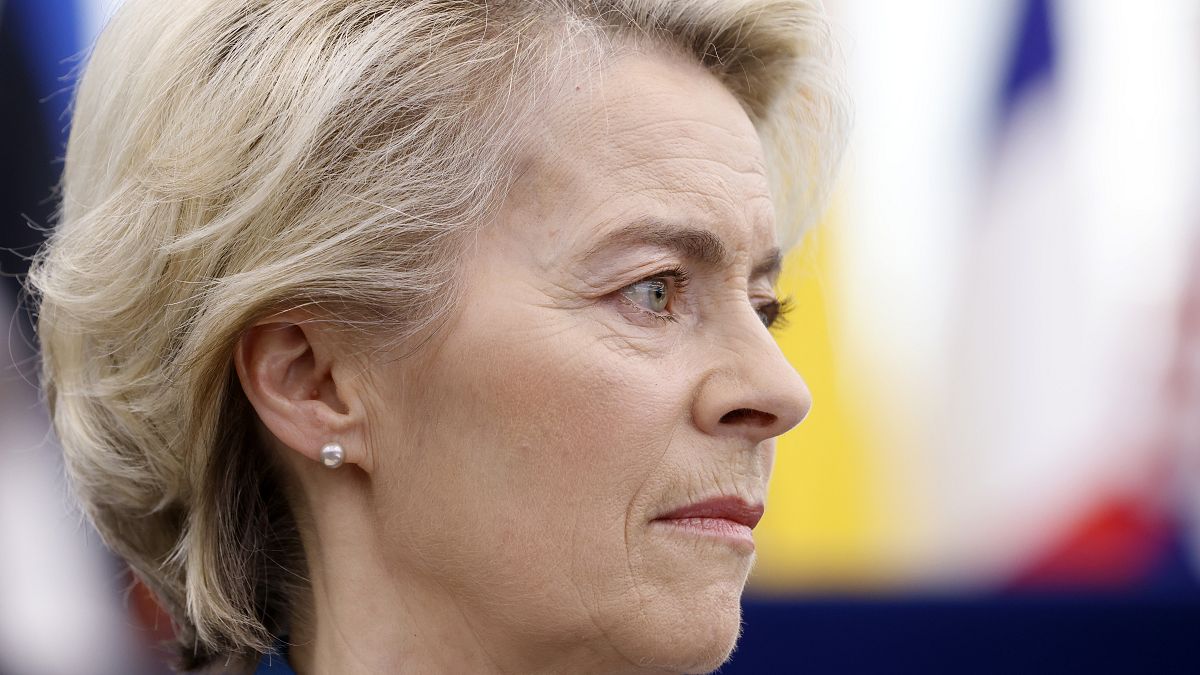
 World1 week ago
World1 week agoIf not Ursula, then who? Seven in the wings for Commission top job
-
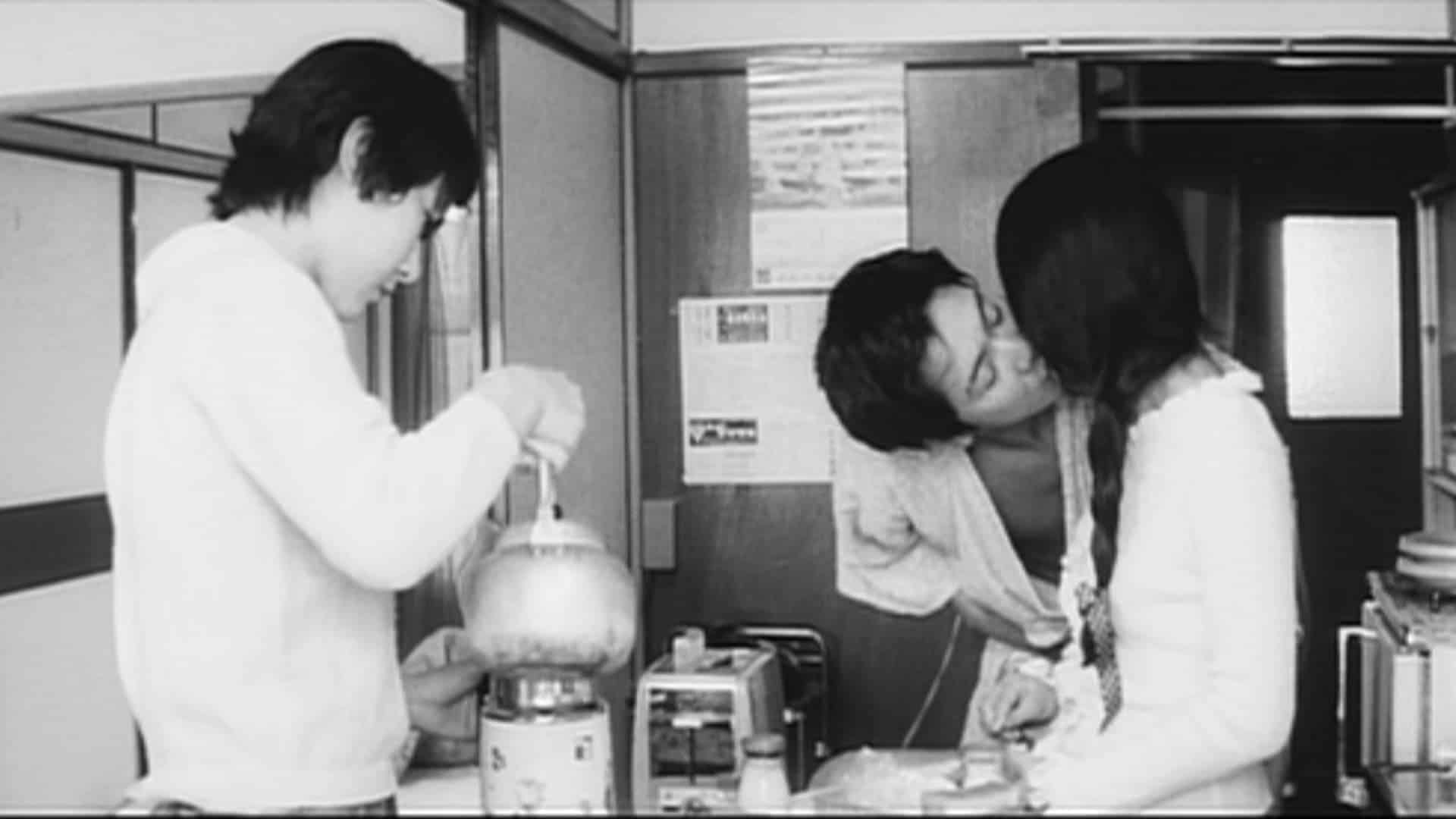
 Movie Reviews1 week ago
Movie Reviews1 week agoFilm Review: Season of Terror (1969) by Koji Wakamatsu
-

 News1 week ago
News1 week agoGOP senators demand full trial in Mayorkas impeachment
-
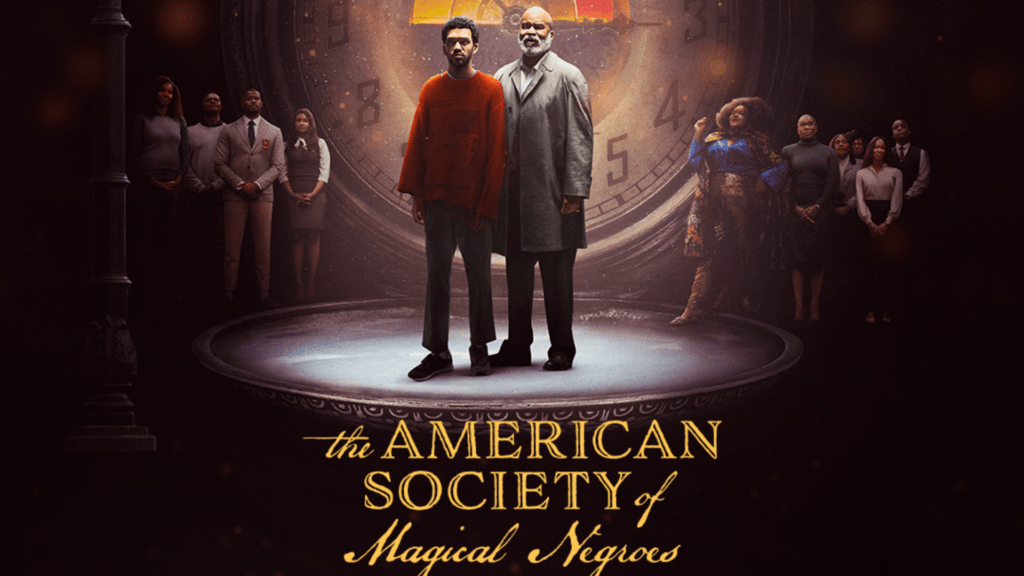
 Movie Reviews1 week ago
Movie Reviews1 week agoMovie Review: The American Society of Magical Negroes
-
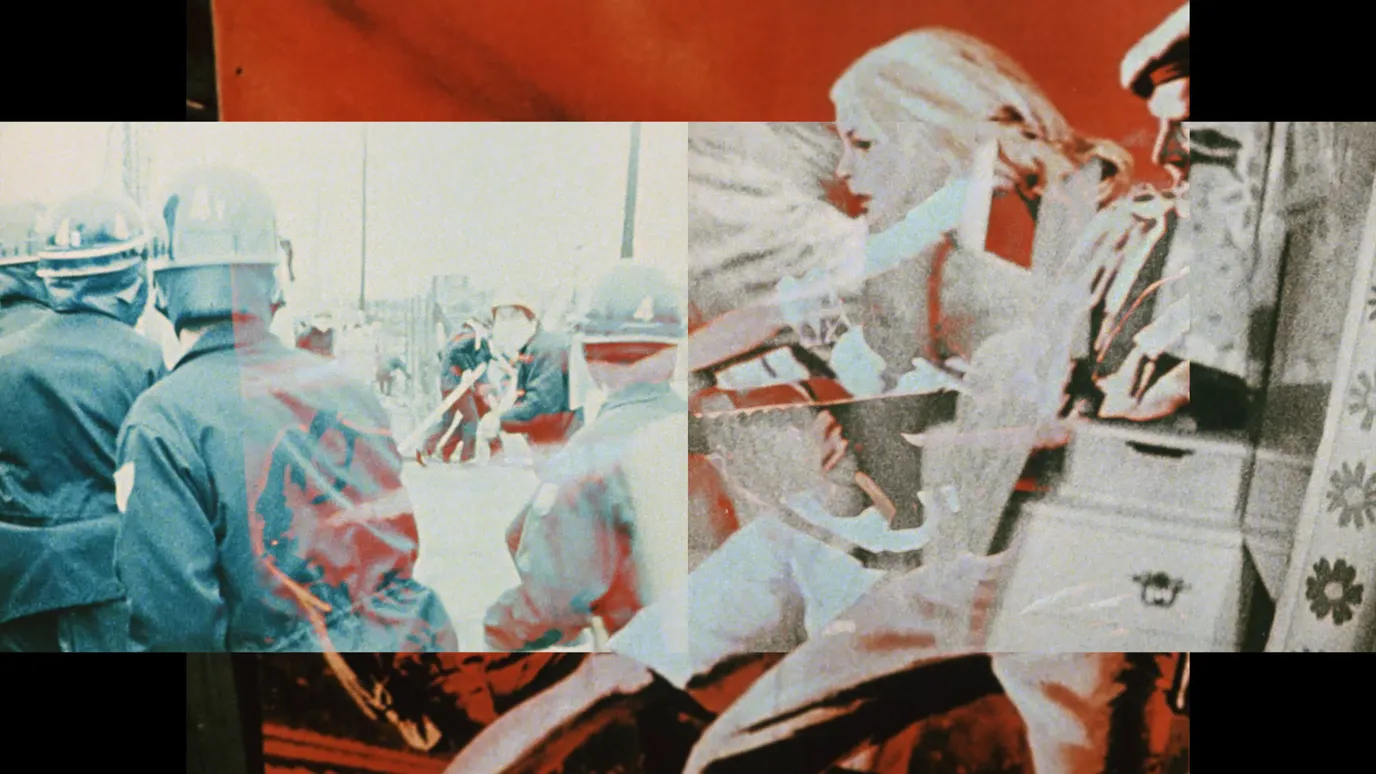
 Movie Reviews1 week ago
Movie Reviews1 week agoShort Film Review: For the Damaged Right Eye (1968) by Toshio Matsumoto
-
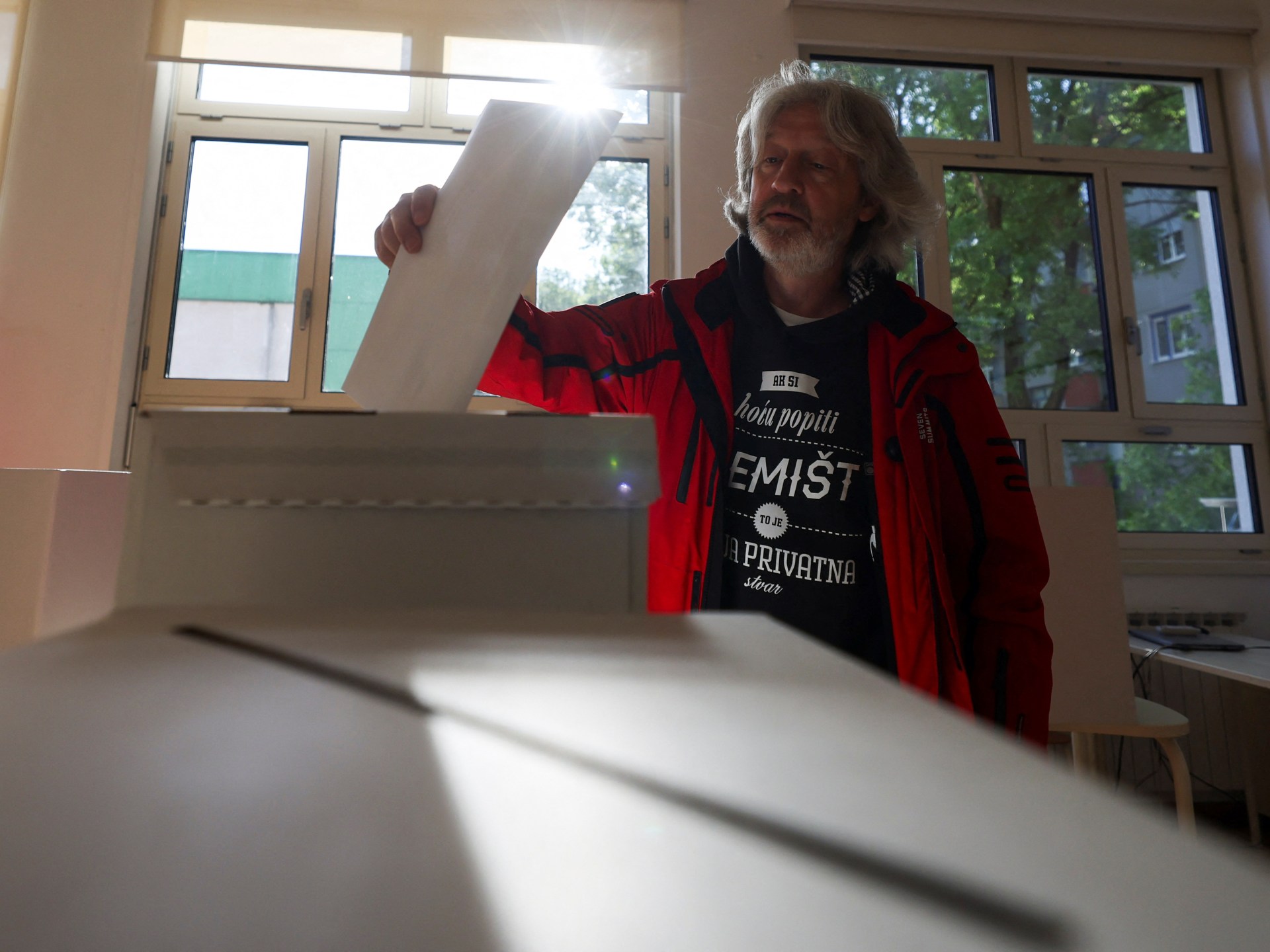
 World1 week ago
World1 week agoCroatians vote in election pitting the PM against the country’s president
-
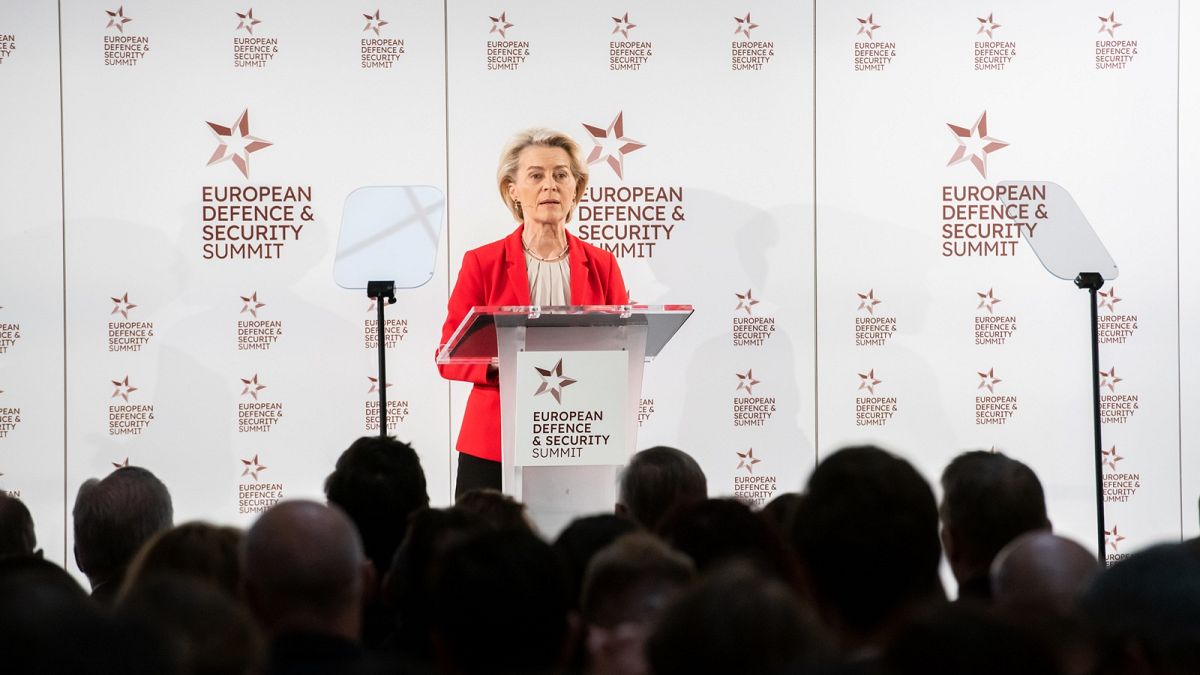
 World1 week ago
World1 week ago'You are a criminal!' Heckler blasts von der Leyen's stance on Israel
-

 Politics1 week ago
Politics1 week agoTrump trial: Jury selection to resume in New York City for 3rd day in former president's trial
